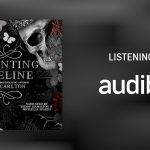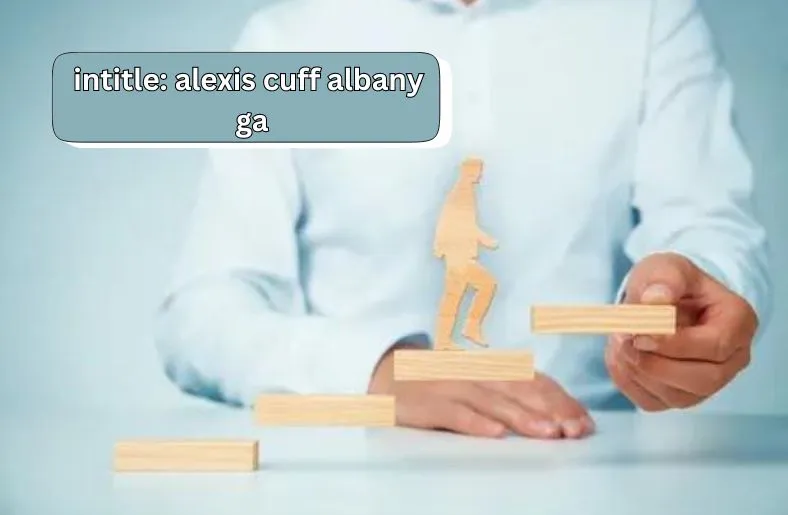In today’s world, where visual communication is just as powerful as verbal language, the phrase “It’s a Girl” combined with the art of dessin de presse or press drawings holds significant weight. These artworks are not merely images—they are profound social commentaries that reflect cultural perspectives on gender, identity, and societal expectations. But what makes “It’s a Girl” press drawings so impactful, and how do they shape our understanding of gender?
What is “Dessin de Presse”?
The term “dessin de presse” refers to press drawings, a form of visual art traditionally used in newspapers, magazines, and other media outlets. These drawings, often satirical or thought-provoking, are used to convey messages about current events, politics, and social issues. Historically, they served as a way for artists to express opinions and critique society, and they continue to do so in modern digital formats.
Understanding the Symbolism of “It’s a Girl”
The phrase “It’s a Girl” may seem simple, but in many contexts, it carries deep symbolic meaning. In different cultures, the birth of a girl can be celebrated, disregarded, or even met with disappointment. Press drawings use this phrase to highlight gender biases, societal expectations, and the ongoing struggle for gender equality. It’s not just a statement; it’s a powerful symbol of how society views femininity.
The Role of Press Drawings in Modern Media
As traditional print media shifts to digital platforms, press drawings have evolved. The power of a simple visual has amplified through social media, allowing these images to reach global audiences instantly. The influence of press drawings is undeniable—they have the ability to shape public opinion, spark conversations, and challenge existing norms.
“It’s a Girl” in Press Drawings: A Social Commentary
Artists use the phrase “It’s a Girl” in press drawings to comment on gender issues, making it a lens through which we view societal attitudes toward women and girls. Some drawings highlight the joy of welcoming a girl into the world, while others address the challenges girls face from birth—whether it’s the burden of traditional gender roles, inequality, or cultural biases.
Gender and Art: Why “It’s a Girl” Matters
Art has always been a medium for addressing critical social issues, and gender is no exception. When press drawings use the phrase “It’s a Girl,” they do more than celebrate a birth—they critique societal structures that enforce gendered expectations. This intersection of gender and art forces viewers to reflect on how deeply ingrained these biases are in their own lives.
Emotional Impact of “It’s a Girl” Press Drawings
Press drawings are a unique form of visual storytelling because they can evoke strong emotional reactions. A well-crafted drawing can elicit joy, frustration, or a deep sense of empathy. When artists depict the phrase “It’s a Girl,” they are tapping into emotions surrounding gender inequality, and those emotions resonate with viewers on a personal level.
Artistic Techniques in “It’s a Girl” Dessin de Presse
Press artists use a variety of techniques to create impactful drawings. Whether it’s through bold lines, exaggerated features, or the clever use of satire, these drawings are designed to grab attention and provoke thought. Artists often emphasize certain visual elements to represent ideas like vulnerability, strength, or defiance, all while drawing attention to the meaning behind “It’s a Girl.”
Famous Artists Who Create “It’s a Girl” Press Drawings
Some renowned press artists have used their platforms to highlight gender issues through the phrase “It’s a Girl.” These artists have influenced public conversations by using their art to challenge the status quo and encourage societal change. Their work continues to inspire new generations of artists who are passionate about gender equality.
The Role of Satire in Press Drawings
Satire is a critical component of press drawings. It allows artists to address serious social issues with humor or irony, making the message more accessible to a wider audience. In the context of “It’s a Girl,” satire is often used to point out the absurdity of gender stereotypes or the unfair treatment of girls in certain cultures.
How “It’s a Girl” Dessin de Presse Confronts Gender Norms
One of the most powerful aspects of press drawings is their ability to challenge established gender norms. By depicting the phrase “It’s a Girl” in various contexts, artists break down traditional roles and push viewers to think critically about the expectations placed on girls and women. These drawings often serve as a mirror, reflecting society’s shortcomings when it comes to gender equality.
Global Perspectives: “It’s a Girl” in Different Cultures
The way press drawings interpret “It’s a Girl” varies greatly depending on the cultural context. In some countries, the birth of a girl is celebrated, while in others, it is met with indifference or worse. Press artists around the world use their work to highlight these differences, showing that the fight for gender equality is universal but also deeply localized.
The Future of Press Drawings in Gender Commentary
As digital tools and social media platforms become more advanced, the future of press drawings looks bright. Artists now have access to a wider range of tools and platforms to share their work, allowing their messages to reach more people than ever before. Press drawings will continue to play a vital role in gender commentary, pushing the conversation forward in new and exciting ways.
Using “It’s a Girl” Dessin de Presse for Advocacy
Organizations advocating for gender equality have begun using press drawings in their campaigns. The phrase “It’s a Girl” becomes a powerful tool in these visual campaigns, helping to spread awareness about the importance of gender equality. These drawings have proven to be highly effective in engaging audiences and promoting social change.
Conclusion
In a world where images speak louder than words, the phrase “It’s a Girl” in dessin de presse is more than just a statement—it’s a call to action. These press drawings challenge gender norms, question societal expectations, and encourage viewers to think deeply about the role of women and girls in society. The power of visual storytelling through press drawings continues to grow, and with it, the potential to influence change on a global scale.
FAQs
- What is the primary goal of “It’s a Girl” press drawings?
The primary goal is to spark conversation and challenge societal views on gender, particularly regarding the treatment and perception of girls. - How do press drawings differ from other forms of visual media?
Press drawings are often satirical and are designed to comment on social or political issues, whereas other forms of visual media may not carry the same depth of commentary. - Can press drawings change societal views on gender?
Yes, press drawings have the power to shift public opinion by visually challenging stereotypes and highlighting gender inequalities. - Why is satire important in press drawings?
Satire allows artists to address serious issues in a way that is accessible and engaging, often using humor to make a point. - How can artists create impactful press drawings?
By using strong visual elements, bold messages, and a clear perspective, artists can create drawings that resonate emotionally and provoke thought.







